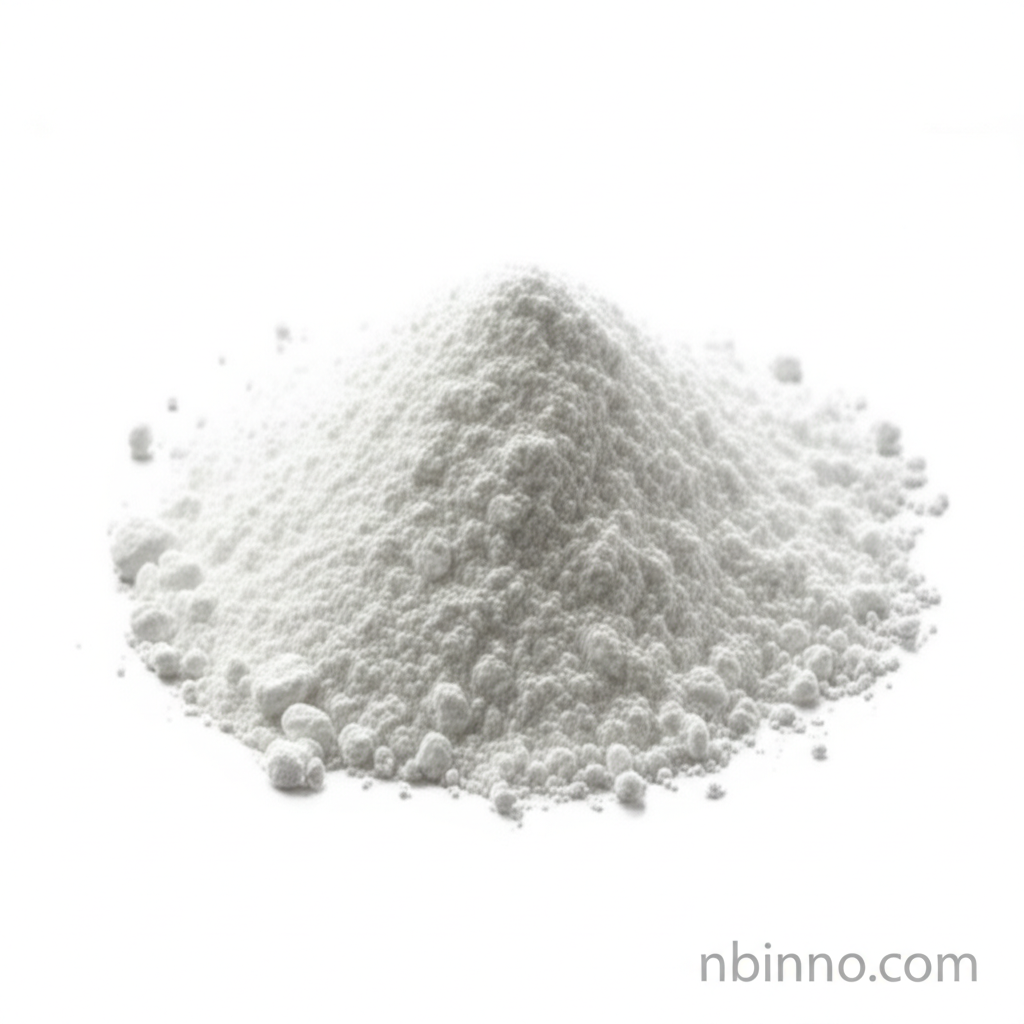Stannous Chloride Anhydrous: A Versatile Chemical for Industrial Synthesis, Metal Treatment, and Beyond
Discover the broad applications of Stannous Chloride Anhydrous, a key component in modern industrial processes.
Get a Quote & SampleProduct Core Value

Stannous Chloride Anhydrous
Stannous Chloride Anhydrous is a high-purity inorganic compound recognized for its exceptional reducing capabilities and catalytic activity, making it indispensable across a spectrum of industrial applications.
- Explore the diverse uses of stannous chloride anhydrous, a key chemical for industrial synthesis, enabling complex reactions and the creation of valuable compounds.
- Understand the critical role of tin(II) chloride applications in advanced tin plating processes, enhancing metal surface properties like corrosion resistance.
- Leverage stannous chloride anhydrous as a powerful reducing agent in chemical synthesis, facilitating efficient transformations in pharmaceutical and fine chemical production.
- Investigate the benefits of using tin chloride CAS 7772-99-8 as a catalyst in organic chemistry, driving reaction kinetics and improving yields.
Advantages Offered by Stannous Chloride Anhydrous
Enhanced Chemical Reactivity
As a potent reducing agent chemical synthesis, Stannous Chloride Anhydrous facilitates a wide range of chemical transformations, crucial for producing specialized materials.
Superior Surface Finishing
Its application in tin plating chemical processes ensures durable and protective coatings on various substrates, improving their performance and lifespan.
Process Efficiency
Functioning as a versatile catalyst in organic chemistry, it significantly boosts reaction rates and selectivity, leading to more efficient industrial processes.
Key Applications
Tin Plating
Stannous chloride anhydrous is a cornerstone in tin plating, providing essential tin ions for depositing protective and conductive layers on metal surfaces.
Chemical Synthesis
It acts as a vital reagent and catalyst in chemical synthesis, used extensively in the production of pharmaceuticals, fragrances, and dyes.
Metal Surface Treatment
In metal surface treatment, it functions as a preparation agent, removing oxides and contaminants to enhance adhesion for subsequent processes.
Textile Dyeing and Printing
The compound is employed in the textile industry as a mordant and dye fixative, ensuring vibrant and lasting colors in fabrics through effective textile dyeing.
